Photo
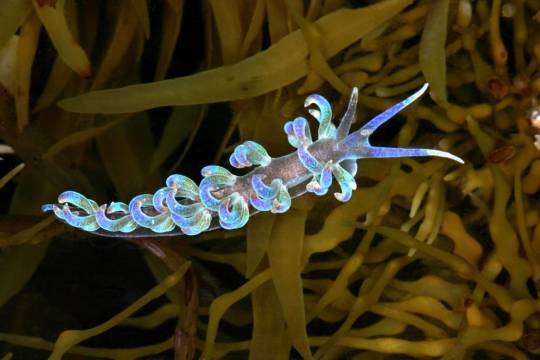
Sea slug (Phyllodesmium macphersonae).
11K notes
·
View notes
Text


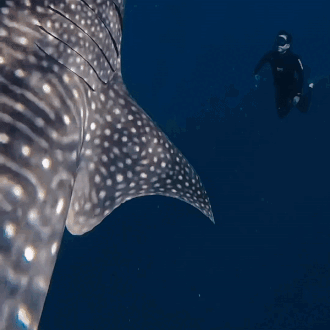



dancing with a gentle giant, the whale shark | source
#awaiting classification#yes I know its a#whale shark#I just dont feel like putting all the evo line tags rn im in bed
715 notes
·
View notes
Text

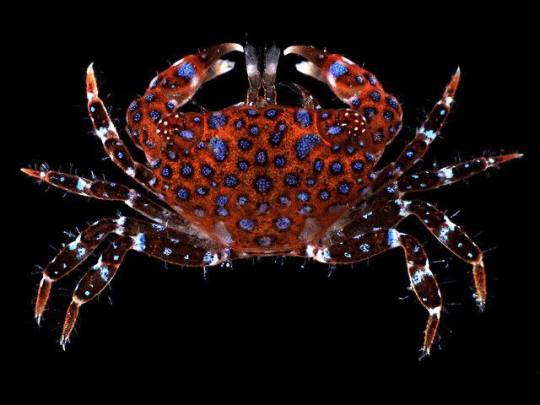
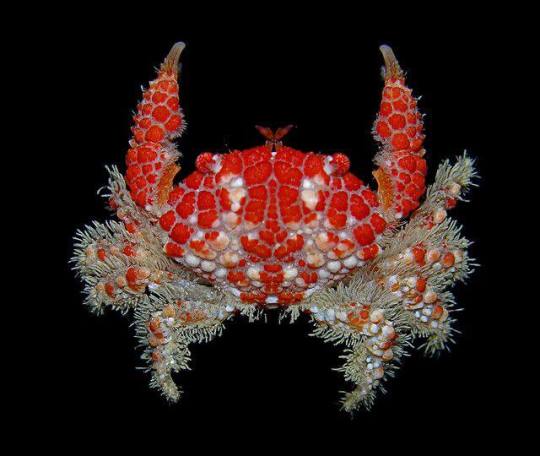
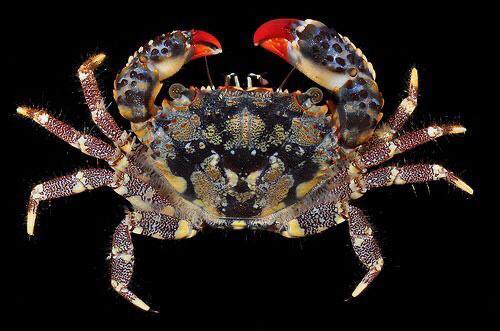

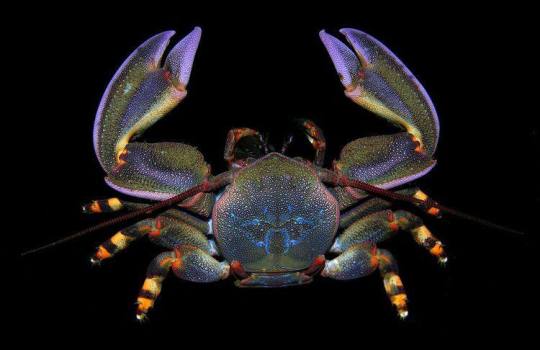

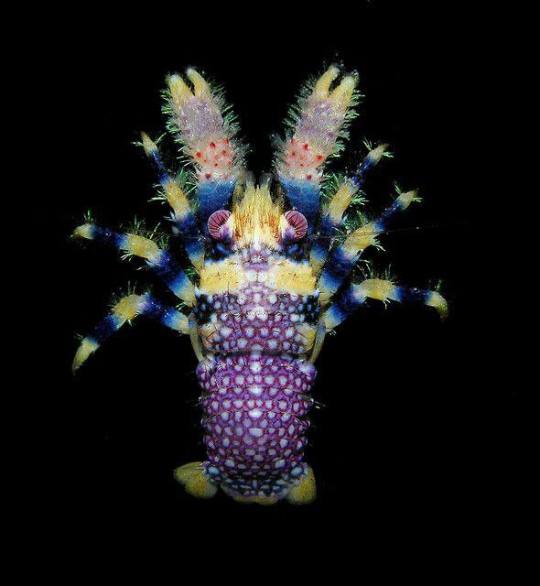
Crabs
21K notes
·
View notes
Text
Welcome to Freddy's fantasy waterpark!
Names are a weird situation right now, but I use any pronouns!
This is a blog dedicated to marine biology (That's what We're planning to go into!) and is meant to just. organize fish posts. Tags should include any spotted species' common names and evolutionary tree.
I LOVE trying to identify marine creatures, and I fully encourage people tagging me in posts with any in them!
Extra tags include:
#awaiting classification - this is for when we reblog things on a whim, and am currently unable to put the evolutionary tree in the tags quite yet!
#unsourced - this is for when we try to identify marine life on my own, named that since the post likely doesn't contain a source where it is mentioned
And if there are any more we end up using, they will be added here!
0 notes
Text
Deep-sea diamond 💎✨
Meet the sawtooth eel, Serrivomer sp. These brilliant eels can be found up to 6,000 meters (19,685 feet) deep and measure up to 78 centimeters (2.5 feet) in length. They migrate toward the surface of the ocean each night to feed on small fishes, shrimps, and other crustaceans.
They are part of the largest mass migration on Earth. Each evening, throughout the ocean, multitudes of animals leave the deep, dark waters they inhabit during the day and swim up to the food-rich, nighttime waters near the surface. Each morning, they descend back down to the depths. These animals migrate in order to remain constantly in darkness, to avoid being eaten by visually cued predators. Learn more about MBARI's vertical migration studies on our website.
#sawtooth eel#genus Serrivomer#family Serrivomeridae#suborder Anguilloidei#order Anguilliformes#class Actinopterygii#phylum chordate
5K notes
·
View notes